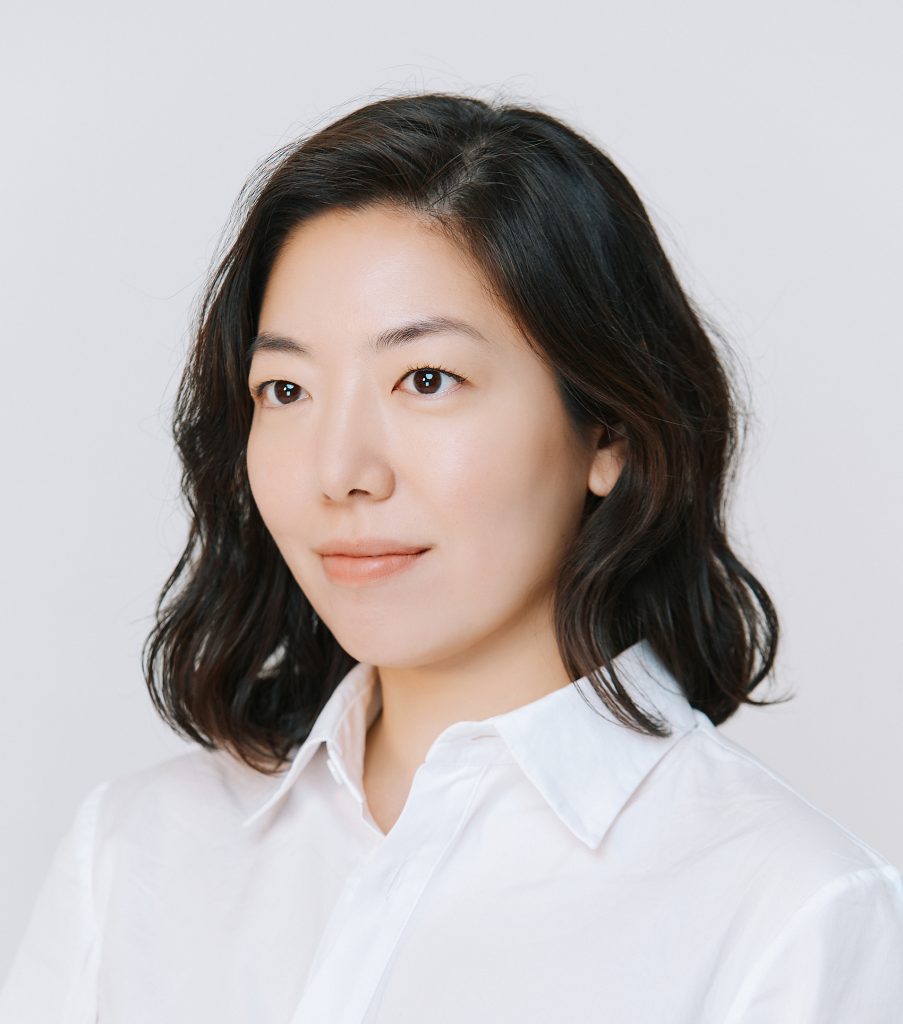Artnet News Pro
The View From: Soo Choi
Alternative business models and a collaborative spirit are key for next-generation galleries, the Seoul dealer says.

Alternative business models and a collaborative spirit are key for next-generation galleries, the Seoul dealer says.

Soo Choi

The View From is excerpted from The Asia Pivot, Artnet Pro’s biweekly members-only newsletter providing mission-critical analysis, insights, and exclusive intelligence on developments in Asia’s art markets, with a focus on business opportunities and challenges. Subscribe here to receive it directly to your inbox.
My first art adventure in 2024 was taking part in Condo London. This month-long event is a collaborative exhibition between local and international galleries, where galleries based in the city host overseas galleries like mine so that we get to have a chance to show in the U.K. capital, rent-free. I was very lucky to be invited by Project Native Informant, and I brought Taewon Ahn from my gallery P21 for this presentation.
I honestly didn’t know what to expect, but it turned out to be such a rewarding and fruitful experience, both for me and my artist, who did not have a lot of experience outside of Korea. The best thing was the sense of community—colleagues coming together, helping each other and looking out for each other. We didn’t really have to worry about these expensive art fairs, making profits and covering the costs. I can’t afford so many art fairs anyway. There was a great turnout during the opening weekend, and we’ve had such a great response and enthusiasm. I’m very grateful. I hope to find a way to reciprocate.
Speaking of collaborative opportunities, people are already asking me if I’m going to stage Our Week again this year. Last October I staged this guerilla art fair during Seoul Art Week at an abandoned building in the Itaewon area. It was organized at the very last minute, when I found out the site was available. I tried to pull all the strings together, asking people to help and participate. If we do it again, how am I going to make this work? That’s the question I’m still trying to answer.
But it is that collaborative spirit that I find very important to younger, smaller galleries, particularly in Korea. I grew up with an art background. My father, Byung Hoon Choi, is an artist and an art professor, and my mother, Park Ryu Sook, opened her eponymous gallery in 1983. Before I opened P21 six years ago, I worked for my mother’s gallery for nearly a decade, after graduating from college. Back then, I felt that there weren’t that many platforms to nurture Korean artists, particularly those of my generation or younger, and to allow them to enter the market. There was a gap between the commercial and the non-commercial sectors. A lot of artists who are very active never had a chance to show at commercial galleries. Some did not even think about selling their art. That prompted me to start something new and have my own brand to promote artists of the next generation.
There have been a lot of misconceptions and misunderstandings about commercial galleries in Korea, even today. Nearly 70 percent of the artists I presented at my gallery during the first two years had never had a solo show at a commercial gallery before. I was hoping to show them what working with a commercial gallery is like. Some got it, some didn’t. At the beginning, I had a lot of failures, but I’ve learned from that and now I’m at a stage where I have a good roster of artists who trust me, who depend on me, and vice versa. And we grow together from there.
Our market peaked during the pandemic and that aligns with the global art market trend. But thanks to the phenomenon of K-culture and events like Frieze Seoul, people are very curious about Korea now. We are very flattered that we got the attention, but I think we still have a lot to work on.
First, new Seoul fairs were added to the art fair calendar this year. Is Seoul that big of a market to sustain all these fairs? The Korean market, and the economy, is a dynamic, living thing. It fluctuates all the time. Now it has obviously slowed down. I’m curious to see what happens this year, but obviously it’s not going to be the same as those peak years. I’m just really hoping that it won’t plummet because Koreans are so quick to pick things up and get cold feet at the same time.
There’s also an emergence of self-proclaimed collectors, but rather than supporting Korean artists or acting like patrons of the arts, they spend more of their budget on buying international artists, who are perceived as more valuable than Korean artists, which is not wrong. But I still don’t see a movement of art patronage in Korea. I have to reach out to people all the time—I’m still not making a profit out of my gallery business. But regardless, the scene has grown since I started, and more younger galleries are doing interesting work today. Everyone needs to think about sustainability, both the artists and my gallery.
—As told to Vivienne Chow. This article was originally published in The Asia Pivot on February 7, 2024.
Born in 1984, Soo Choi is the founder of the Seoul gallery P21 and director of König Galerie in the city. P21, which champions the next generation of Korean artists, will open a new space in Seoul’s Itaewon district on Friday with a show of work by Jorinde Voigt and Xiyadie.